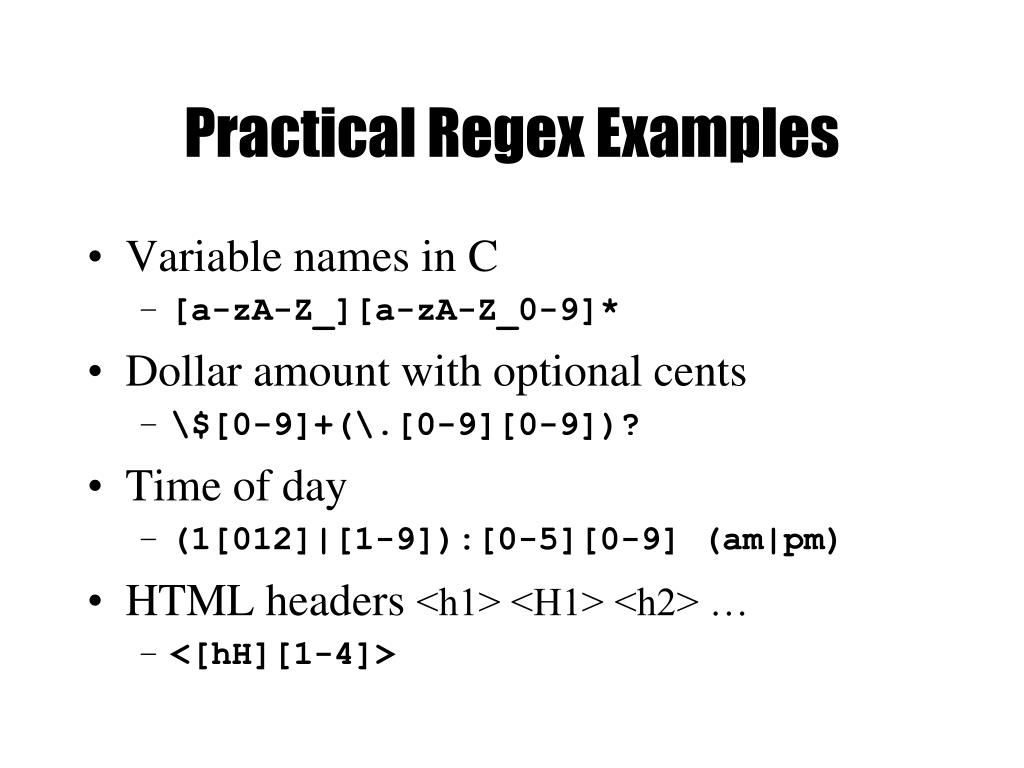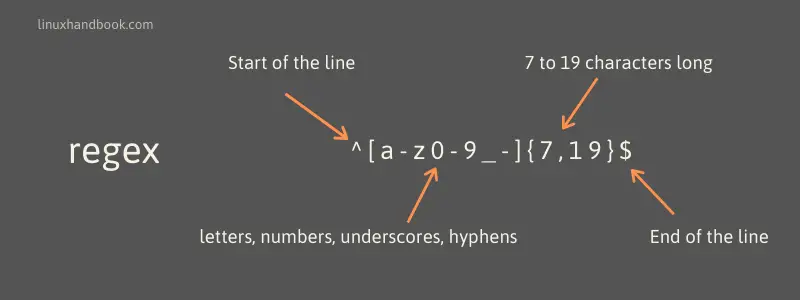

The replacement metacharacters are backslash \, ampersand &, and newline \n. Sed -f scriptfile myfile Replacement metacharacters f file = append the editing commands from the file (put one per line)

#GREP REGULAR EXPRESSIONS MAC#
Use EREs : -E (BSD Mac sed, also accepted by GNU sed) Sed -n '/gold/p' *.html # print only lines containing 'gold' e = “what follows is a pattern/RE, not an option” – useful if the pattern begins with “-“, or for using multiple patterns. don’t automatically print output lines Options #n = as the first two characters of a sed script file, is the same as the option -n, i.e. They cannot be applied to a range of lines.Ĭommands can be grouped at the same address by surrounding the list of commands in braces: Most sed commands can accept two comma-separated addresses that indicate a range of lines.Ī few commands accept only a single line address. It can be a pattern described as a RE surrounded by slashes, a line number, or a line-addressing symbol. use the multiline entry capability of bash Line addressesĪ line address is optional with any command. No spaces allowed after a command on a line.ģ ways to specify multiple instructions on the command line:ģ. NB The closing brace must be alone on its line. delete blank lines only between the patterns: Same with, putting each command on a line by itself.Į.g. So BRE and ERE are here opposites of each other.

But in EREs, ( and ) are automatically metacharacters and must be backslashed to get the literal meaning. Marked subexpressions must be written \( \) in BREs. Main differences between Basic and Extended REs:Ģ. NET Framework, and XML Schema have adopted syntax similar to Perl’s.) Java, JavaScript, Python, Ruby, Microsoft’s. (Perl also adds many features: “lazy” regexes, backtracking, named capture groups, recursive patterns etc. Most word processors/text editors/browsers have a regex option in their Find/Replace feature. The languages Perl, Python, Ruby, Tcl etc. Where regular expressions are used: the Unix tools grep, egrep, sed and awk, and the file viewers less and more. On this page RE = regular expression (regex), BRE = basic regular expression, ERE = extended regular expression.


 0 kommentar(er)
0 kommentar(er)
